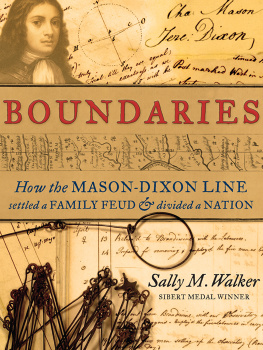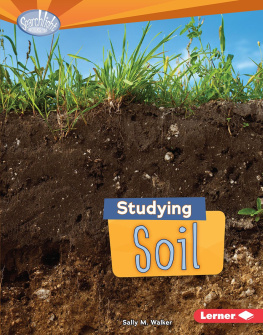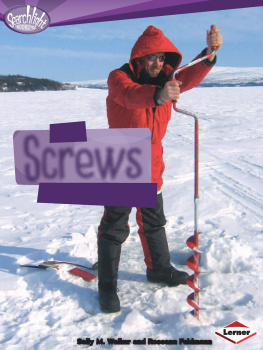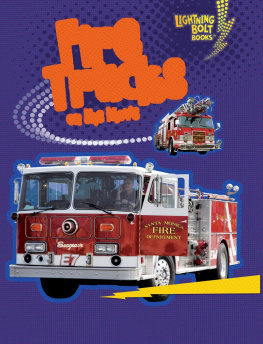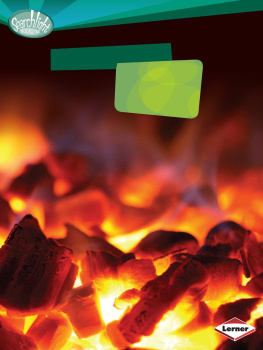Sally M. Walker
Authors note: The experiments in this book use the metric measurement system, as thats the system most commonly used by scientists. Copyright 2012 by Sally M. Walker All rights reserved. International copyright secured. No part of this book may be reproduced, stored in a retrieval system, or transmitted in any form or by any means electronic, mechanical, photocopying, recording, or otherwisewithout the prior written permission of Lerner Publishing Group, Inc., except for the inclusion of brief quotations in an acknowledged review.
Lerner Publications Company A division of Lerner Publishing Group, Inc. 241 First Avenue North Minneapolis, MN 55401 U.S.A. Website address: www.lernerbooks.com Library of Congress Cataloging-in-Publication Data Investigating sound / by Sally M. Walker. p. (Searchlight booksHow does energy work?) Includes index. (Searchlight booksHow does energy work?) Includes index.
ISBN 9780761357773 (lib. bdg. : alk. paper) 1. SoundJuvenile literature. 2.
Sound wavesJuvenile literature. I. Title. QC225.5.W3154 2012 534dc22 2010040529 Manufactured in the United States of America 1 DP 7/15/11
Contents
Chapter WHAT IS SOUND? Clap your hands. Whisper your name. What do you hear? You hear a sound.
Some sounds are nice to hear. But a sound like a fingernail scraping a chalkboard bothers many people. We call sounds that bother us noise. We like some sounds better than other sounds. What do we call sounds that bother us?
This excavator is part of a noisy construction site. Animals make sounds.
So do machines. The wind blowing through trees makes a sound. What causes sound? Sound begins when an object moves back and forth very quickly. The movements are called vibrations.
Try This! Loop a rubber band around your thumbs. Pluck the rubber band with your pinkie finger.
This makes a sound. Watch the band. You can see it vibrate. The vibrations move through the air to your ears. Then you hear the sound.
You can feel vibrations too.
You can feel vibrations too.
Put one hand on top of your head and hum loudly. The tingling feeling in your hand is from the vibrations you make when you hum. You can feel vibrations when you hum.
Sound Moves through Matter Sound goes from place to place by moving through matter. Anything that can be weighed or takes up space is called matter. Matter makes up everything around you.
Matter can be a solid, like a table or a chair. Matter can be a liquid, like water. Or it can be a gas. The air you breathe is a gas. Matter is all around you.
Matter is made of tiny particles called atoms.
Matter is made of tiny particles called atoms.
A single atom is too small to see with your eyes. Billions of them can fit on the period at the end of this sentence. Atoms join together to make molecules. For example, one molecule of water has two atoms of hydrogen and one atom of oxygen. A WATER MOLECULE oxygen atom oxygen atom hydrogen atoms hydrogen atoms Hydrogen and oxygen are two kinds of atoms.
Molecules in Solids, Liquids, and Gases Molecules are always moving.
Molecules in Solids, Liquids, and Gases Molecules are always moving.
But molecules move in different ways in solids, liquids, and gases. Molecules that are packed tightly together cant move very much. They form a solid. Tightly packed water molecules make ice. Ice is a solid. These kids are very close together.
They are like molecules in a solid.
These kids have lots of space to move around. They are like molecules in a gas. Molecules that are less tightly packed make a liquid. Molecules in a liquid can move freely. Thats why you can pour water from a glass into a bowl.
Molecules in a gas are spread out and move even more freely. They are so spread out that we cant see them. We cant see air. But we can see what happens when the air moves. Moving air is wind.
Chapter SOUND WAVES The molecules in all kinds of matter vibrate when something makes a sound.
The vibrations are called waves. sound A toy called a Slinky can show you how sound waves move. The pictures on these pages show how a wave moves along a Slinky. How are sound waves like the wave moving in the Slinky?
Experiment Time Place the Slinky on a table. Stretch the ends about 0.6 meters apart. Quickly slide one hand about centimeters toward the other hand.
A wave will move along the Slinky. The wave pushes through each coil and makes it vibrate. The coil stops moving after the wave passes. Sound waves move from one molecule to the next just as the wave moves from one coil to the next. The movement of your hand makes the Slinky vibrate.
A Slinkys wave moves in only one direction.
A Slinkys wave moves in only one direction.
But waves sound spread in all directions. They get weaker when they spread. Prove it yourself. Now Try This! Ask a friend to stand about meters away from you. Whisper to your friend. Your whispers sound waves spread in all directions.


